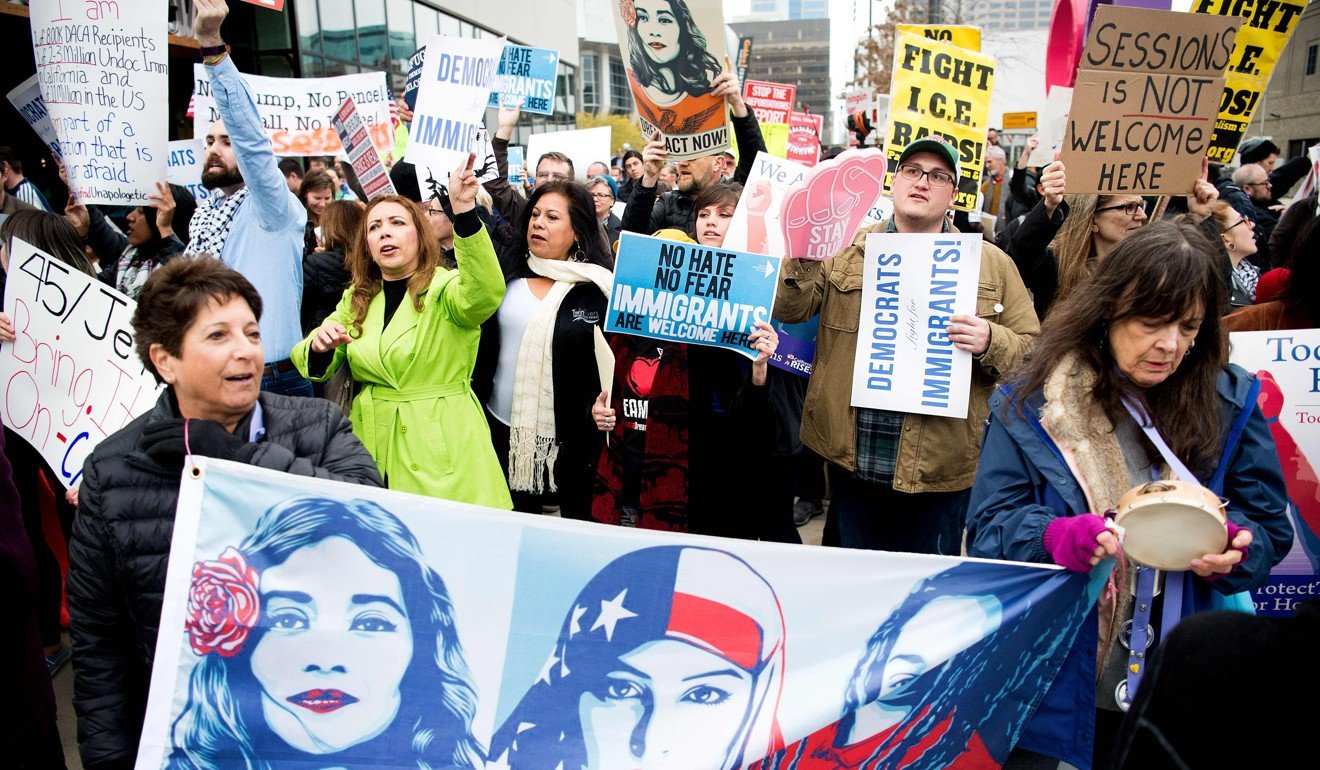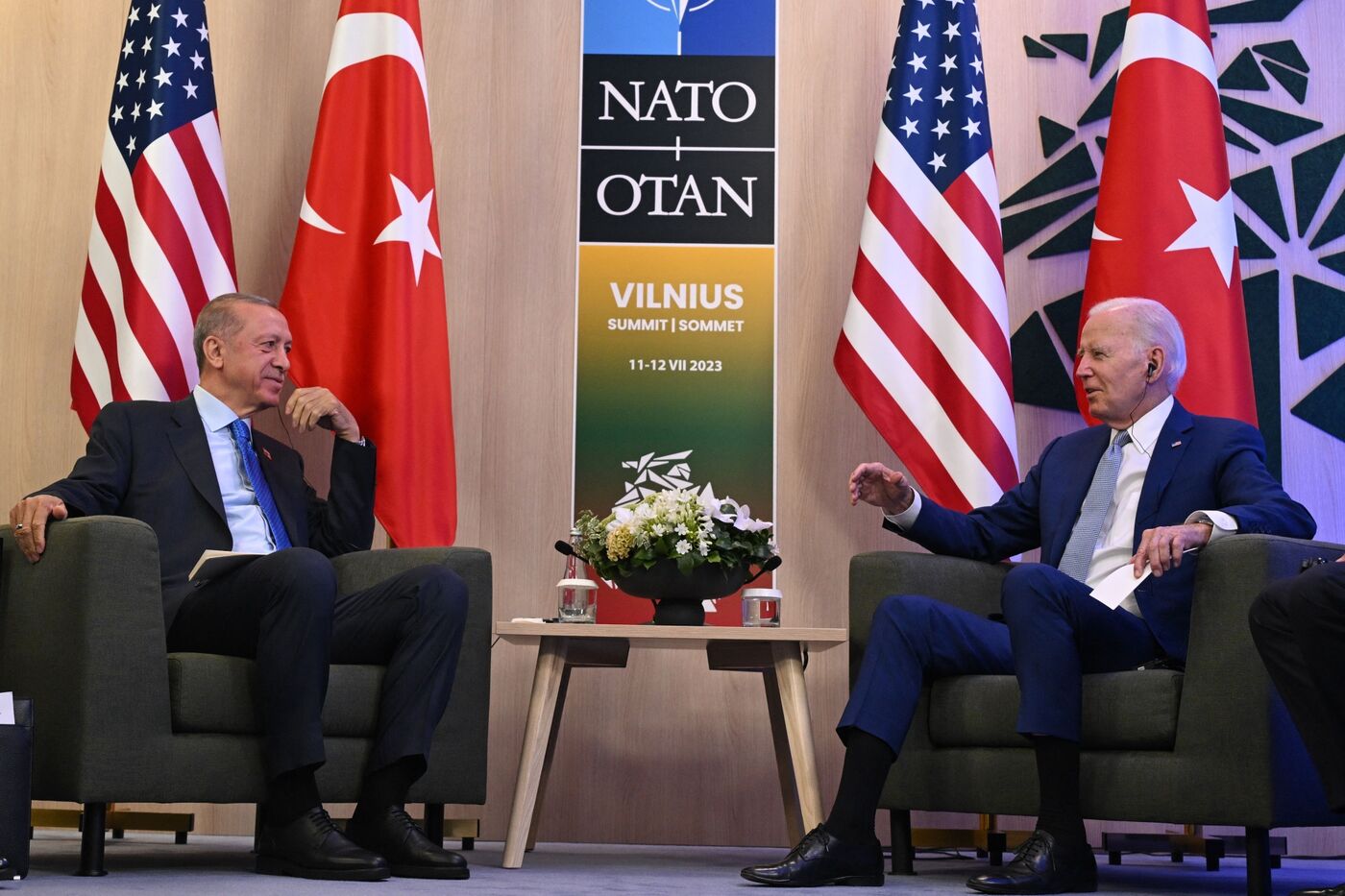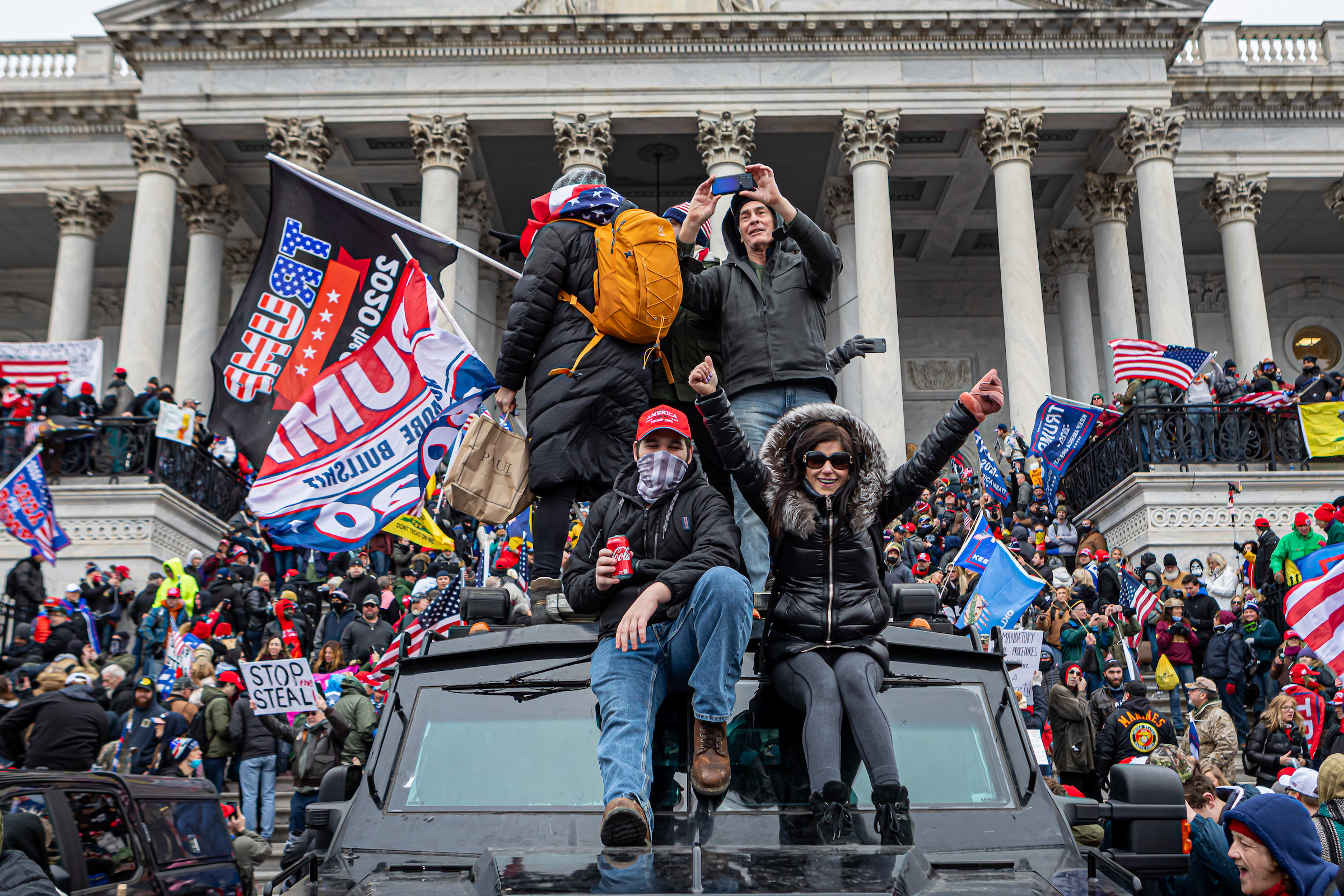Cracks appear in Maga world over foreign worker visas, revealing deep divisions within the movement. The issue isn’t simply about economics; it’s a clash of ideologies, anxieties about cultural change, and competing political strategies. This article explores the economic benefits and drawbacks of foreign worker programs, examining how they impact MAGA supporters, businesses, and working-class Americans. We’ll delve into the social anxieties surrounding immigration, the political maneuvering within the MAGA movement itself, and the legal intricacies of existing visa programs.
We’ll look at different viewpoints – from business owners who rely on foreign workers to those who fear job displacement. We’ll analyze the rhetoric of various MAGA leaders and explore the potential consequences of different immigration policies, using real-world examples and hypothetical scenarios to paint a clearer picture of this complex issue. Understanding these different perspectives is crucial to grasping the current tensions within the MAGA movement and the future of immigration policy.
The Economic Realities of Foreign Worker Visas in the MAGA World: Cracks Appear In Maga World Over Foreign Worker Visas

The debate surrounding foreign worker visas within the MAGA movement is complex, interwoven with economic anxieties, social concerns, and political maneuvering. Understanding the various perspectives and their potential consequences is crucial for navigating this contentious issue.
Economic Impacts of Foreign Worker Programs

Foreign worker programs exert a multifaceted influence on the US economy, impacting both businesses and the workforce. While they can address labor shortages in specific sectors, concerns remain regarding potential wage depression for some American workers and the overall effect on the domestic job market. This section examines the economic arguments for and against these programs, specifically focusing on their potential impact on MAGA supporters.
- Benefits: Industries like agriculture, hospitality, and tech rely heavily on foreign workers. Restricting access could lead to labor shortages, impacting production, increasing costs, and potentially harming businesses owned by MAGA supporters.
- Drawbacks: Some argue that foreign workers depress wages for low-skilled American workers, particularly those in the MAGA base. Concerns about the long-term impact on the domestic job market are also prevalent.
- Business Owner vs. Working-Class Perspectives: Business owners generally favor foreign worker programs due to access to a larger talent pool and cost efficiency. However, working-class Americans, especially those in directly competing sectors, often express concern about job displacement and wage stagnation.
- Hypothetical Scenario: A significant reduction in H-2B visas (for non-agricultural seasonal workers) could cripple the landscaping industry, leading to project delays, price increases for consumers, and potential job losses for both foreign and American workers in related fields.
Social Impacts and Cultural Concerns
The social anxieties surrounding immigration are deeply intertwined with the MAGA movement’s concerns about cultural preservation and national identity. This section analyzes the social arguments, acknowledging both anxieties and positive contributions of immigrant communities.
- Social Anxieties: Concerns about the erosion of traditional American culture and the strain on social services are common anxieties within the MAGA movement. These anxieties are often amplified by narratives focusing on cultural differences and potential societal shifts.
- Successful Integration: Countless examples demonstrate the successful integration of immigrant communities, with foreign workers contributing significantly to the economy and enriching American society through their skills, innovation, and cultural diversity. These positive contributions often go unacknowledged in the dominant narrative.
- Demographic Shifts: Changes in foreign worker policies can significantly alter demographic trends, potentially impacting political power dynamics and the composition of future electorates. These shifts could lead to significant political realignment.
- Comparative Analysis: Attitudes toward immigration vary within the MAGA movement. While some strongly oppose all forms of immigration, others distinguish between skilled and unskilled workers, or between legal and illegal immigration. This internal diversity complicates a unified stance.
Political Divisions within the MAGA Movement

The MAGA movement is not monolithic on the issue of foreign worker visas. Different factions hold varying perspectives and employ distinct political strategies to influence immigration policy. This section explores these internal divisions and their political ramifications.
The MAGA world’s fracturing over foreign worker visas highlights the complexities of immigration debates. This internal strife mirrors other economic disruptions, like the sudden closure of Vancouver’s Bench Accounting, as reported here: Vancouver’s Bench Accounting abruptly shuts down, with 601. The ripple effects of such closures, potentially impacting employment and the economy, underscore the interconnectedness of these seemingly disparate issues, further fueling the already heated debate on immigration policy.
- Key Factions: The movement includes factions with varying degrees of openness to immigration, ranging from those advocating for stricter enforcement to those supporting targeted immigration based on skills and economic needs.
- Political Strategies: Different groups utilize diverse strategies, including lobbying, grassroots activism, and public pressure campaigns to sway policymakers and shape the narrative surrounding foreign worker visas.
- Rhetoric of MAGA Leaders: MAGA leaders often employ contrasting rhetoric on immigration, ranging from calls for complete border closures to more nuanced discussions about specific visa programs and their economic impacts. This creates internal contradictions and conflicting messaging.
- Timeline of MAGA Stance on Immigration: The MAGA movement’s stance on immigration has evolved over time, reflecting changing economic conditions, social anxieties, and political priorities. A comprehensive timeline would reveal this evolution and highlight key turning points.
Analysis of Existing Visa Programs
Understanding the existing foreign worker visa programs is crucial for informed discussion and potential reform. This section details various visa types, potential abuses, and proposed reforms.
| Visa Type | Eligibility | Requirements | Potential Impact |
|---|---|---|---|
| H-1B (Specialty Occupations) | Requires a bachelor’s degree or higher in a specific field | Employer sponsorship, labor market testing | High-skilled labor, potential wage competition |
| H-2B (Temporary Non-Agricultural) | Seasonal or temporary non-agricultural jobs | Employer sponsorship, proof of labor shortage | Addresses seasonal labor needs, potential wage impacts |
| L-1 (Intracompany Transferee) | Executives, managers, or specialized knowledge employees transferring from a foreign branch | Company affiliation, prior employment abroad | Facilitates international business, potential competition for management roles |
| E-2 (Treaty Investor) | Investors from treaty countries making substantial investments | Significant investment, job creation | Promotes foreign investment and job growth |
- Visa Types and Requirements: A detailed explanation of different visa categories, including eligibility criteria, application processes, and associated costs, is essential.
- Exploitation and Abuse: Examples of instances where the current system has been exploited or abused, highlighting areas needing improvement, are crucial.
- Potential Reforms: Suggestions for reforms that address concerns within the MAGA movement while maintaining economic needs, such as improved oversight and enforcement, or targeted adjustments to visa quotas, are necessary.
Case Studies and Hypothetical Scenarios, Cracks appear in Maga world over foreign worker visas

Illustrative examples of businesses and communities impacted by foreign worker visa policies provide a human dimension to the debate. This section uses case studies and hypothetical scenarios to illustrate potential outcomes.
The MAGA world’s fracturing over foreign worker visas highlights the complexities of immigration debates. This internal strife mirrors other economic disruptions, like the sudden closure of Vancouver’s Bench Accounting, as reported here: Vancouver’s Bench Accounting abruptly shuts down, with 601. The ripple effects of such closures, potentially impacting employment and the economy, underscore the interconnectedness of these seemingly disparate issues, further fueling the already heated debate on immigration policy.
- Impact on Specific Businesses: Detailed accounts of how businesses in specific sectors, such as agriculture or construction, have been affected by changes in foreign worker availability.
- Contributions of Foreign Workers: Examples showcasing the positive contributions of foreign workers to the success of specific businesses and communities, emphasizing their economic and social impact.
- Human Cost of Policy Changes: Individual stories illustrating the human cost of potential changes to foreign worker policies, focusing on the experiences of foreign workers and their families.
- Hypothetical Scenarios: A series of hypothetical scenarios illustrating potential outcomes under different immigration policies, focusing on their impact on specific communities and industries.
End of Discussion
The debate over foreign worker visas within the MAGA movement isn’t just about numbers; it’s about identity, power, and the future of America. The internal divisions highlighted by this issue reveal a complex interplay of economic realities, social anxieties, and political maneuvering. While economic benefits of foreign workers are undeniable for many industries, the social and cultural anxieties felt by some MAGA supporters cannot be ignored.
Finding a solution that addresses both economic needs and social concerns will require careful consideration and a willingness to engage in constructive dialogue across deeply held beliefs. The future of this debate will significantly shape the political landscape and the lives of millions.
Answers to Common Questions
What types of foreign worker visas are commonly used?
There are many, including H-1B visas for specialty occupations, H-2B visas for temporary non-agricultural workers, and various agricultural worker visas. Each has specific requirements and limitations.
So, the cracks are showing in the MAGA world’s stance on foreign worker visas – a lot of internal friction, you know? It’s a stark contrast to the smooth, decisive victory Arsenal secured against Ipswich Town, check out the match report here: Arsenal 1 – 0 Ipswich Town – Match Report. The political fallout over immigration policy is far messier than that clean win, though.
Expect more headlines on this soon.
How do foreign worker visas impact wages for American workers?
Studies show mixed results. Some argue that they depress wages in certain sectors, while others contend they fill jobs Americans won’t do and boost the overall economy.
What are some proposed reforms to the foreign worker visa system?
Proposals range from stricter enforcement of existing regulations to changes in eligibility criteria and increased quotas for specific visa types.
Are there examples of successful integration of immigrant communities?
Yes, numerous studies show that immigrant communities often contribute significantly to economic growth and cultural enrichment in their adopted countries.